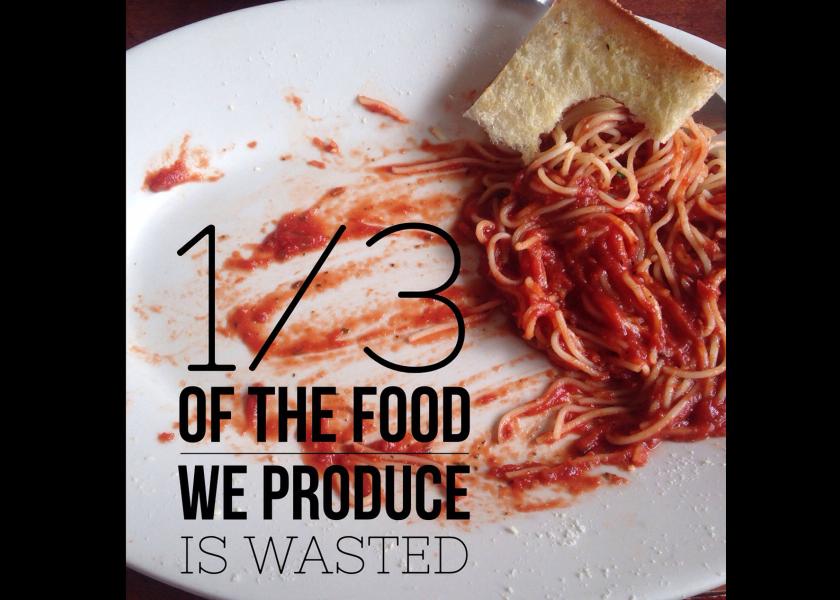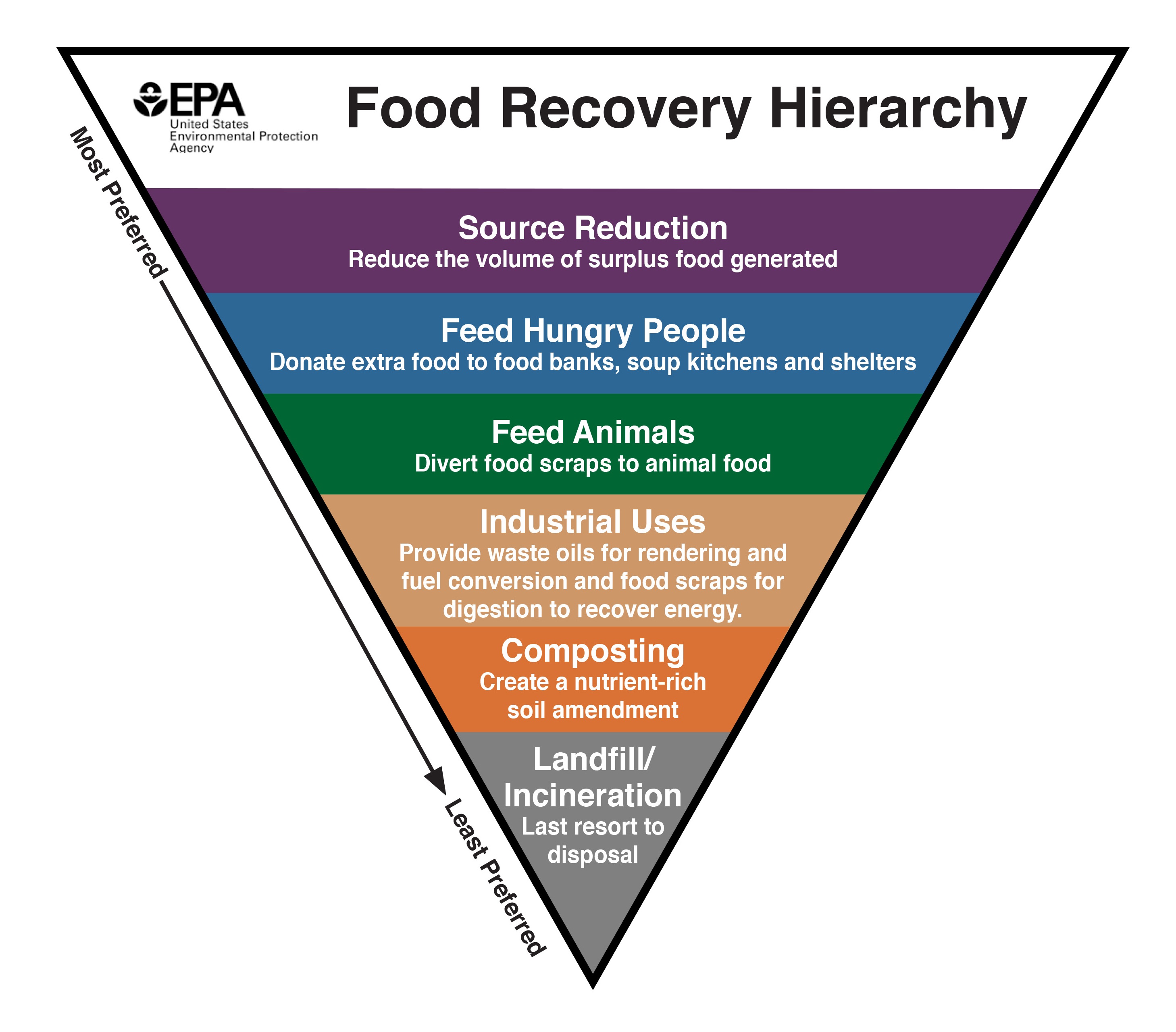Want Not, Waste Much: 5 Ways to Reduce and Recycle Food Waste

By Janeal Yancey
As we look ahead to a new year, many people make New Year’s resolutions. Some choose to eat healthier, to help needy people or to help the environment. One impactful change in your daily routine might be right on your plate or, more specifically, in your trash can.
In the U.S., between 30% and 40% of the food produced is wasted, equivalent to about one meal per person per day. There is enough food wasted every second in America to feed 650 people. Farmers know the time, money, heartache and work it takes to produce food, so it is hard to hear that 28% of our world’s agricultural lands are used to produce food that is wasted.
Uneaten calories are only part of the problem. All that wasted food that has to go somewhere, and the majority goes to landfills. Food waste is the largest single component of garbage, making up 21% of waste in landfills. As that food decomposes, it produces methane and other greenhouse gasses that are released into the atmosphere.
To combat food waste and keep it out of landfills, the EPA has developed a Food Recovery Hierarchy, things that consumers and producers can do to reduce and recycle food waste.

Source: EPA.gov
Reduce food waste
1. Source reduction – In some cases, just being aware of food waste can help reduce it. This may be as simple as ordering less food or sharing plates or understanding use-by and freeze-dates. Offering choices of the foods, especially in schools, can reduce food waste. One university simply took away trays in their dining halls and saw a reduction in food wasted.
2. Feeding hungry people – Food pantries, homeless shelters and other services for those in need are happy to take food. Some schools have started packing and freezing extra lunchroom food for kids to take home.
3. Feeding animals – Although there are legal limits to waste food being fed to swine, there are several good solutions that include feeding food waste to other animals.
Recycle food waste
4. Industrial uses – Fats and oils from food waste can be diverted to renderers and digesters to produce animal feed ingredients, industrial products like cosmetics and soaps, biodiesel or biogas.
5. Composting – What can’t be used to produce biofuels can be made into compost to fertilize soil to produce more food.
Individually, reducing food waste has a bigger impact on the environment than anything else you can do. Although not everyone has access to all these reduction and recycle steps in the food recovery hierarchy, all consumers have a voice to encourage industry to be aware of their food waste stream and can push to do something about it.
Meat Matters columnist Janeal Yancey grew up in Texas showing pigs in FFA. She became interested in meats through FFA and collegiate meat judging at Texas Tech University. Her doctoral research at Kansas State University focused on improving pork quality. She teaches and conducts research on meat quality at the University of Arkansas. On her “Mom at the Meat Counter Blog,” she shares her point of view as a mom, cattle producer and meat scientist. She and her husband, Ed, also a meat scientist, have two daughters, Vallie and Wyn.
More Meat Matters on Farm Journal's PORK:
Meat Matters: The Truth Behind Curing Meats
Overcooking Pork Should be a Rare Occurrence
Gen Z - Who Will They Believe?







